28 Apr Tilling Though Time: A Garden Retrospective
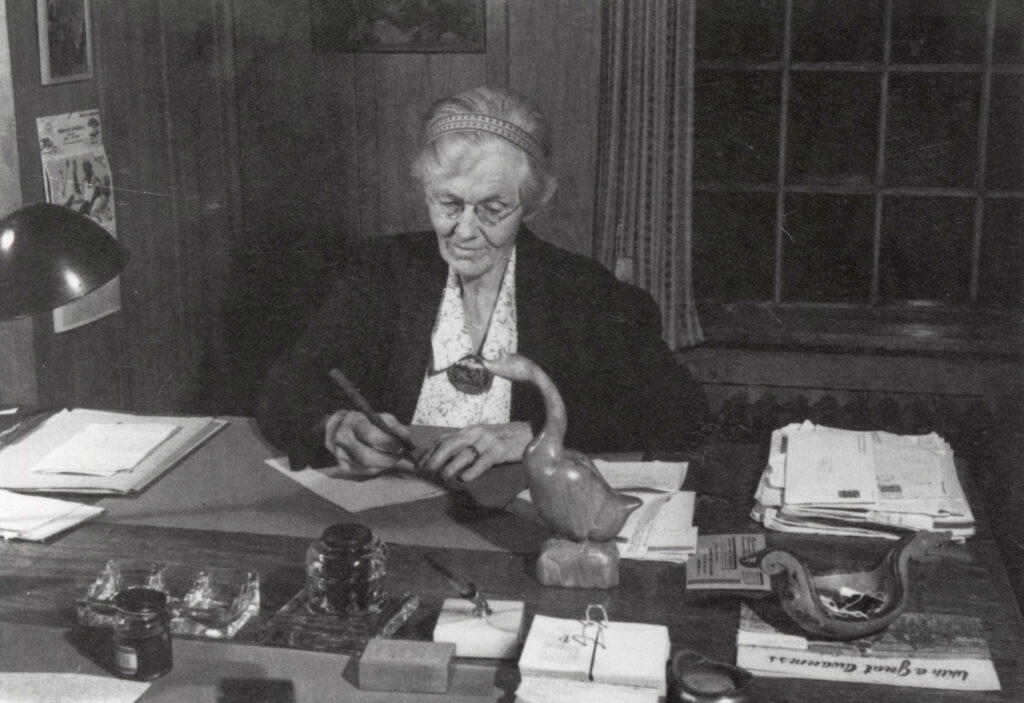
Olive Dame Campbell working, 1945. From the Folk School Archives.
The universal language of music and dance everlastingly transcends the barrier of time. One voice turns to another in harmony, conducting a message of craftmanship and togetherness. Their eternal song germinates the valleys and streams, carrying itself from the plow to harvest.
In the age of wagons and steam, a train bustles down the railroad tracks of Murphy, North Carolina. On board are travelers Olive Campbell and Marguerite Butler – two women trekking through the valley on a mission to establish an epicenter of community-driven learning and culture.
Olive Dame Campbell, founder and director of John C. Campbell Folk School, always had a knack for art, music and literature. Throughout her life, Olive traveled around documenting traditions of those she encountered. Following a 4-year-long survey alongside her husband Campbell, they documented residents’ need for education in the Southern Highlands.
A century later, the John C. Campell Folk School sustains its community-centered focus, enriching folks with the seeds of life-long learning originally planted by those two female education mavericks so long ago.
Butler became acquainted with the Campbells at the annual Conference of Southern Mountain Workers in 1919. The pair of women soon became close friends, sharing interests in cultural studies and folk arts. Following the death of John Campbell, Marguerite and Olive became travel partners and enlisted themselves in spreading their expertise elsewhere.
It would be the people of Brasstown in 1925 who encouraged Olive and Marguerite to establish the roots of the Folk School in the valley. It would be the local Scroggs family, a father and son duo, who approached Butler in favor of the school’s establishment and steadfast in rallying for its development.
Much like Fred O. Scroggs and his father, locals began developing interest in the formation of the school. Scroggs had taken it upon himself to campaign towards the cause. When Butler arrived in town, more than 200 people crowded in the Methodist Church South. Within the church walls, the lot out front decorated with wagons, Butler devoted over two hours of dialogue to the prospect of planting a school in the valley.
As the season carried on and the last leaves fell from the youngest trees, Olive and Marguerite hammered out their plans for the school. When Olive Campbell returned to town, the inhabitants donated a variety of resources from plant-starts to the 20 acres of land admitted by the Scroggs family.
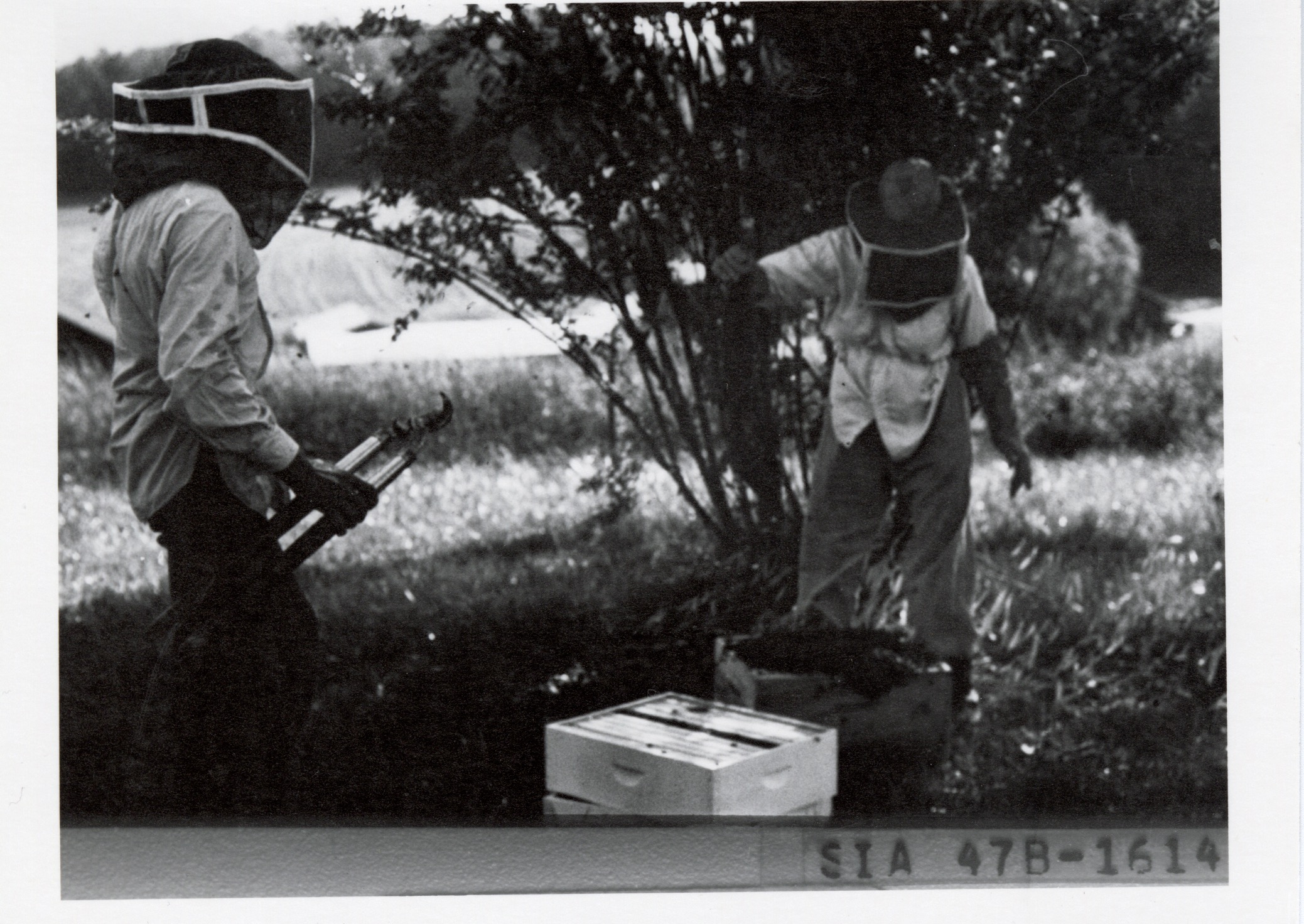
From the Folk School archives. Students harvesting honey.
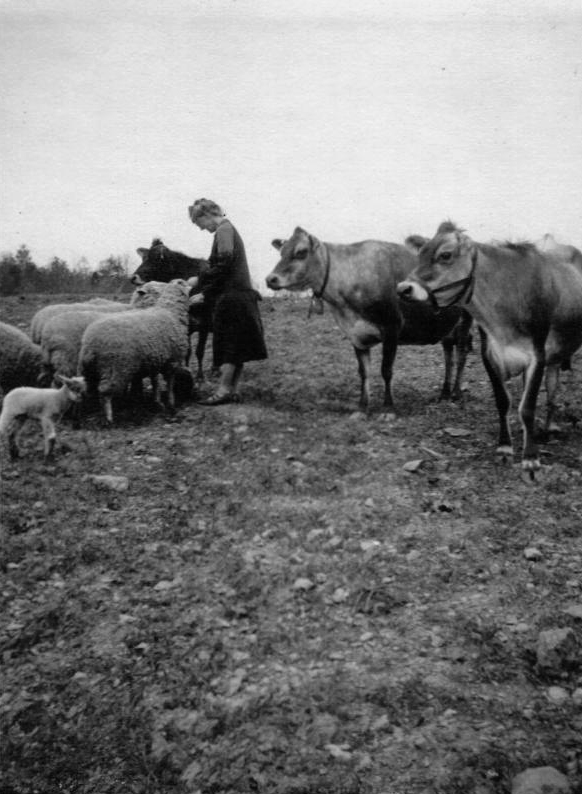
Mrs Campbell with the cattle. From the Folk School Archives.
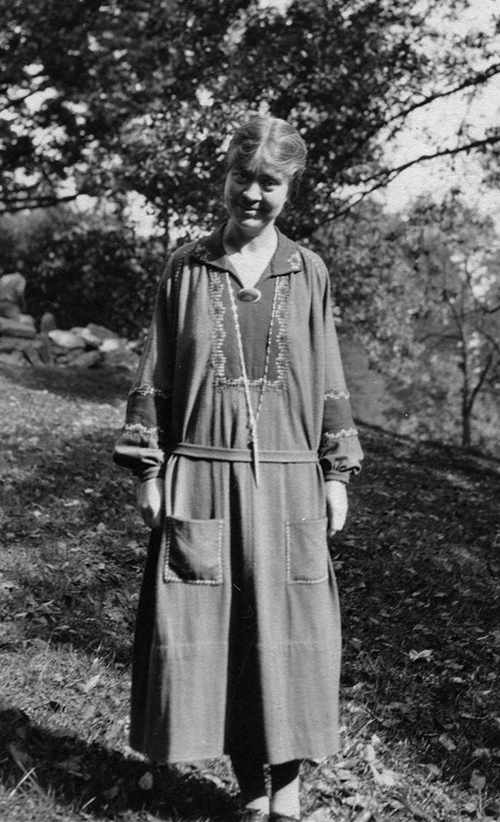
Marguerite Butler Bidstrup. From the Folk School Archives.
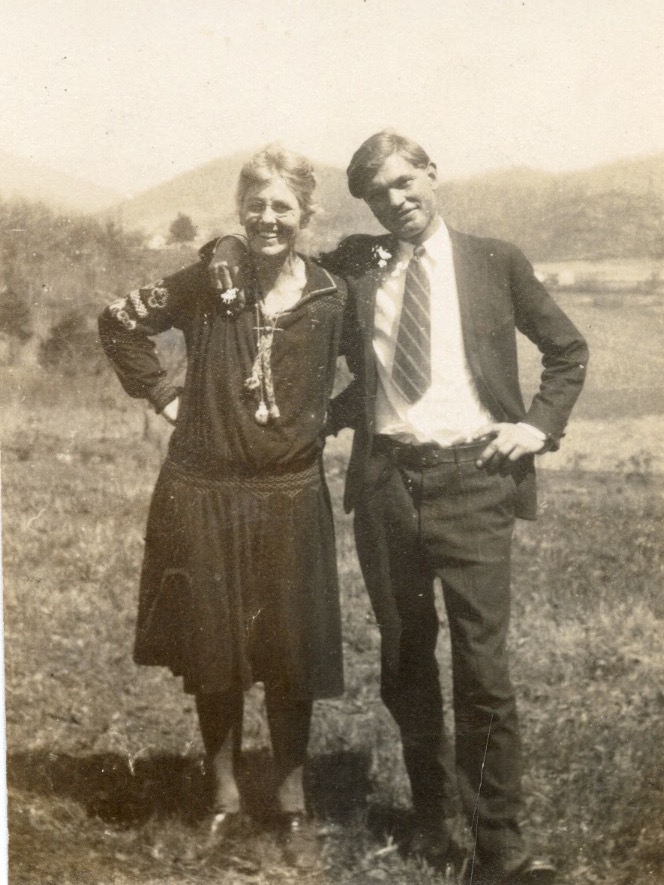
Olive and Bidstrup. From the Folk School Archives.
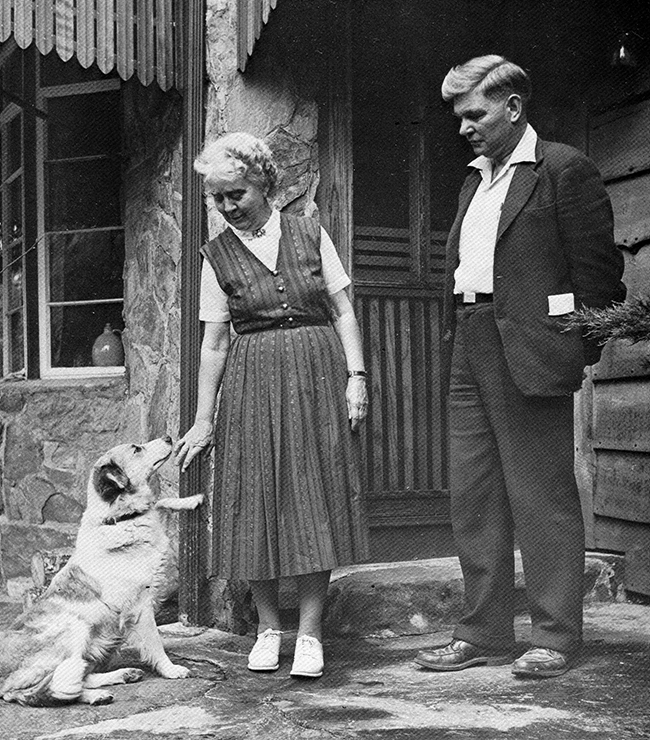
Marguerite and Georg at Bidstrup Acres. From the Folk School Archives.
By November, more than 100 pledge cards were granted in favor of the school’s establishment. The cards granted to Campbell and Butler that night would be the first bricks laid towards the construction of their new school.
A month after the meeting was held, Olive and Marguerite moved into a small farmhouse on the schoolgrounds. The pair of women established John C. Campbell Folk School in 1925, honoring Olive’s late husband not only by using his namesake, but also through propagating their garden of knowledge for generations to come.
The budding Folk School came to fruition as spring sang her song of blossoms and greenery. Soon came the establishment of the Mountain Valley Creamery Cooperative, which provided milk, eggs and other groceries to those in the surrounding area. This was one of the many grassroots cooperatives that not only strengthened the economic independence of the area, but also the bonds between people in the region.
Following the establishment of the Folk School, Georg Bidstrup of Denmark traveled to Western North Carolina to oversee the nearly 200 acres of farmland granted to the institution. Just as Olive was familiar with Danish folk customs, Bidstrup had exceptional perspectives on farming he incorporated in his work in Brasstown.
Aided by Forester Leon Deschamps, Bidstrup would re-route Brasstown Creek, install a water system and manage the land. The pair also built a demonstration barn to assist local agriculturalists with instruction and hand-on learning opportunities.
Bidstrup valued the land he worked upon, participating in various reforestation efforts and viewing the land not as a tool, but also as a means for perpetual harvest. He was often referred to as the Folk School’s “farmer-gymnast,” as he was not only proficient in farming, but he was also an instructor of dance and gymnastics.
Bidstrup and Marguerite, both meaningful trailblazers in their community, shared many intersecting interests in folk music and dance. Ten years after his arrival at the Folk School, the pair recognized their common ground and went on to wed in 1936.
In 1952, Georg Bidstrup would become the second Director of the Folk School, further embedding himself in the rich history of the Organization. He would go on to manage the facility with his wife and founder, Marguerite Butler. The pair would go on to establish the historic Bidstrup House in Clay County.
The Folk School and the agricultural opportunities it provided would assist in nourishing Western Noth Carolina throughout the years. Whether it was through song and dance or homesteading lessons, the institute provided financial stability and encouraged self-sufficiency in 1926 just as it does now. One of the many legacies left behind by the founders was the ability to turn individuals into communities.
From behind the plow, a song rings out unto the hills and valleys. A voice, long ago, produced a choir of Appalachian practice and connection. When Olive and Marguerite branched out to the people of the Southern Highlands, their aptitude for knowledge became nourished by the harmony of one another. It is unity that waters the leaves of curiosity, allowing us to grow.
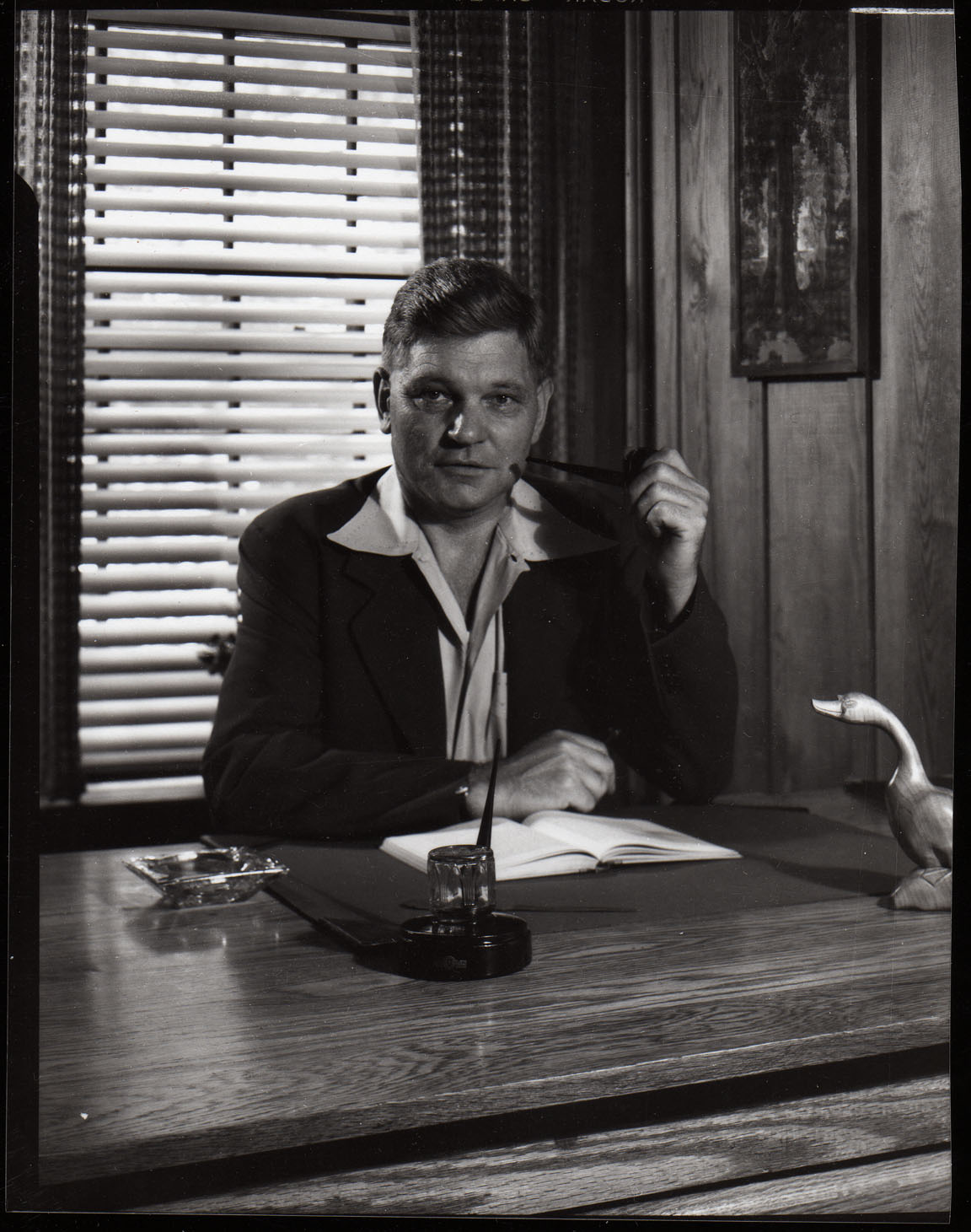
Georg Bidstrup as director 1952.
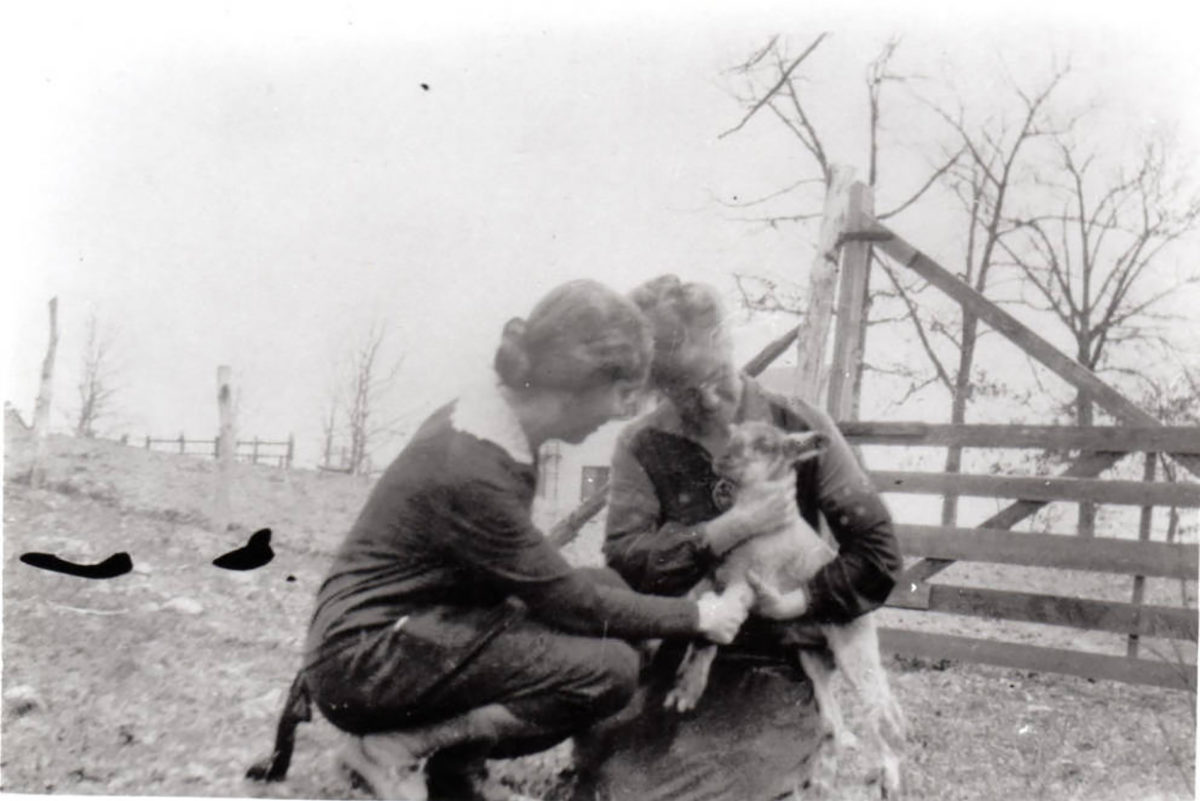
Marguerite Butler and Olive Campbell with baby goat.



No Comments